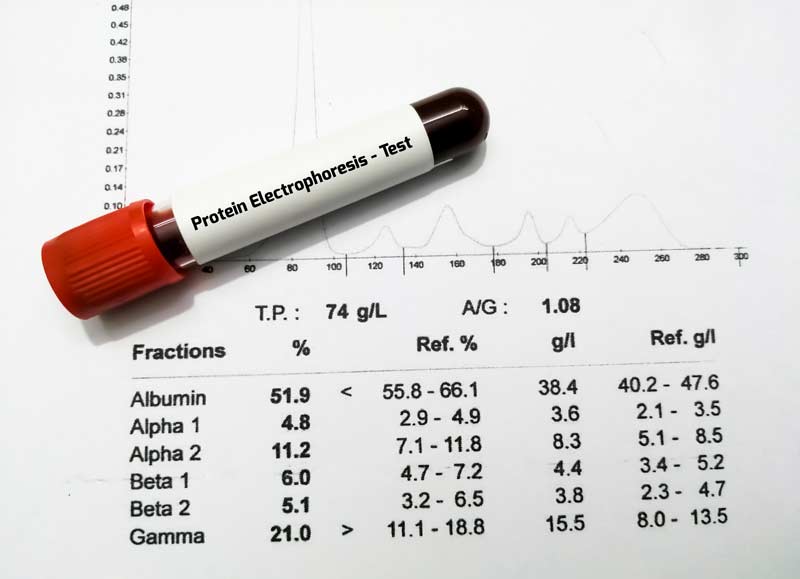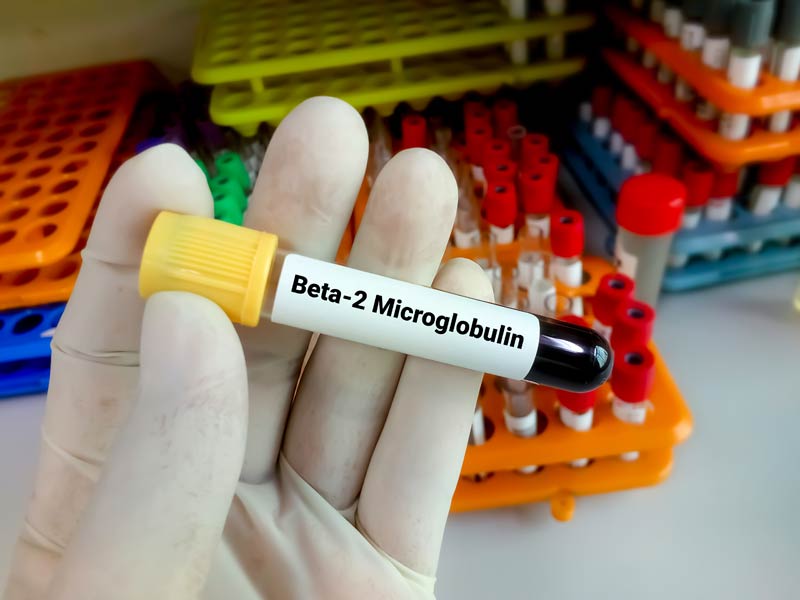Well’s criteria for Pulmonary Embolism probability assessment

The Wells’ Criteria risk stratifies patients for pulmonary embolism (PE) and provides an estimated pre-test probability. The physician based on the Wells’ Criteria risk assessment can then chose what further testing is required for diagnosing pulmonary embolism (I.E. d-dimer or CT angiogram).
Yes
No
Yes
No
Yes
No
Yes
No
Yes
No
Yes
No
Yes
No
| Risk group | Points | Clinical advice |
|---|---|---|
| 0 | 0 | 0 |
| PE probability | Points | Clinical advice |
|---|---|---|
| 0 | 0 | 0 |
The Wells’ Criteria:
| Points | ||
| Clinical signs and symptoms of DVT | Yes | 3 |
| No | 0 | |
| Alternative diagnosis less likely than PE | Yes | 3 |
| No | 0 | |
| Heart rate ≥ 100 b.p.m | Yes | 1.5 |
| No | 0 | |
| Immobilization or surgery within the past 4 weeks | Yes | 1.5 |
| No | 0 | |
| Previous, objectively diagnosed PE or DVT | Yes | 1.5 |
| No | 0 | |
| Haemoptysis | Yes | 1 |
| No | 0 | |
| Active cancer | Yes | 1 |
| No | 0 |
Three Tier Model
| Calculation result | Risk group | Points | Clinical advice |
| Low probability | 0-1 points | Perform D-dimer testing: -if D-dimer testing is negative consider stopping workup, -if D-dimer testing is positive consider CT-angiography | |
| Moderate probability | 2-6 points | Perform D-dimer testing: -if D-dimer testing is negative consider stopping workup, -if D-dimer testing is positive consider CT-angiography | |
| High probability | ≥7 points | Consider CT-angiography |
Two Tier Model
| Calculation result | PE probability | Points | Clinical advice |
| PE unlikely | 0-4 points | Perform D-dimer testing: -if D-dimer testing is negative consider stopping workup, -if D-dimer testing is positive consider CT-angiography | |
| PE likely | ≥5 points | Consider CT-angiography |
he Wells’ Score has been validated multiple times in multiple clinical settings.
- Physicians have a low threshold to test for pulmonary embolism.
- The score is simple to use and provides clear cutoffs for the predicted probability of pulmonary embolism.
- The score aids in potentially reducing the number of CTAs performed on low-risk PE patients.
Resources:
- Wells PS, Anderson DR, Rodger M, Stiell I, Dreyer JF, Barnes D, Forgie M, Kovacs G, Ward J, Kovacs MJ. Excluding pulmonary embolism at the bedside without diagnostic imaging: management of patients with suspected pulmonary embolism presenting to the emergency department by using a simple clinical model and d-dimer. Ann Intern Med. 2001 Jul 17;135(2):98-107. doi: 10.7326/0003-4819-135-2-200107170-00010. PMID: 11453709.
- Wolf SJ, McCubbin TR, Feldhaus KM, Faragher JP, Adcock DM. Prospective validation of Wells Criteria in the evaluation of patients with suspected pulmonary embolism. Ann Emerg Med. 2004 Nov;44(5):503-10. doi: 10.1016/j.annemergmed.2004.04.002. PMID: 15520710.
- van Belle A, Büller HR, Huisman MV, Huisman PM, Kaasjager K, Kamphuisen PW, Kramer MH, Kruip MJ, Kwakkel-van Erp JM, Leebeek FW, Nijkeuter M, Prins MH, Sohne M, Tick LW; Christopher Study Investigators. Effectiveness of managing suspected pulmonary embolism using an algorithm combining clinical probability, D-dimer testing, and computed tomography. JAMA. 2006 Jan 11;295(2):172-9. doi: 10.1001/jama.295.2.172. PMID: 16403929.
Register on our website right now to have access to more learning materials!
Baseline Cardiovascular Risk Assessment in Cancer Patients Scheduled to Receive Cardiotoxic Cancer Therapies (Anthracycline Chemotherapy) – Online Calculator
Baseline cardiovascular risk assessment in cancer patients scheduled to receive cardiotoxic cancer therapies (Anthracycline Chemotherapy)…
National Institutes of Health Stroke Scale (NIHSS) – Online calculator
The National Institutes of Health Stroke Scale (NIHSS) is a scale designed to assess the…
Charlson Comorbidity Index (CCI) Online Calculator
Charlson Comorbidity Index predicts 10-year survival in patients with multiple comorbidities.
Multiple Myeloma Diagnostic Criteria – Online Calculator
Revised Multiple Myeloma International Staging System (R-ISS) Online Calculator
Revised Multiple Myeloma International Staging System (R-ISS) – prognostication tool for myeloma patients based on…
Multiple Myeloma International Staging System (ISS) Online Calculator
Multiple Myeloma International Staging System (ISS) prognosticates the severity of multiple myeloma based on routinely…











